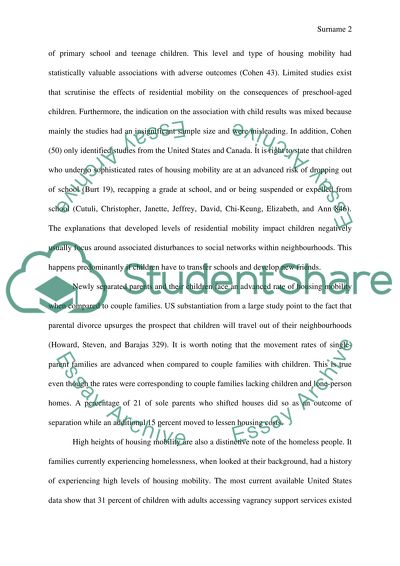Cite this document
(“Effects of growing up in an unstable home on a person Research Paper”, n.d.)
Effects of growing up in an unstable home on a person Research Paper. Retrieved from https://studentshare.org/literature/1488274-effects-of-growing-up-in-an-unstable-home-on-a
Effects of growing up in an unstable home on a person Research Paper. Retrieved from https://studentshare.org/literature/1488274-effects-of-growing-up-in-an-unstable-home-on-a
(Effects of Growing up in an Unstable Home on a Person Research Paper)
Effects of Growing up in an Unstable Home on a Person Research Paper. https://studentshare.org/literature/1488274-effects-of-growing-up-in-an-unstable-home-on-a.
Effects of Growing up in an Unstable Home on a Person Research Paper. https://studentshare.org/literature/1488274-effects-of-growing-up-in-an-unstable-home-on-a.
“Effects of Growing up in an Unstable Home on a Person Research Paper”, n.d. https://studentshare.org/literature/1488274-effects-of-growing-up-in-an-unstable-home-on-a.


